Dundreggan hunting estate is a patch of 10,000 acres of the Scottish highlands situated between Drumnadrochit and Kintail. It was purchased 16 years ago by the charity Trees for Life with the purpose of restoring a diversity of native trees and other biospheres to increase the biodiversity of the land1.
This video explains the ambitions Trees for Life has for the Dundreggan estate, and you can find out more about their story on their own website.
I travelled to Dundreggan immediately after visiting Aigas Field Centre, to see for myself the impact that Trees for Life was having on the estate and to explore how schools could get involved here. Their work amongst schools is really in its infancy, but the person I spoke to informed me that they will soon have a licence in place to work with young people and it is certainly a site to consider visiting on S3 Projects next session.
Exploring Dundreggan
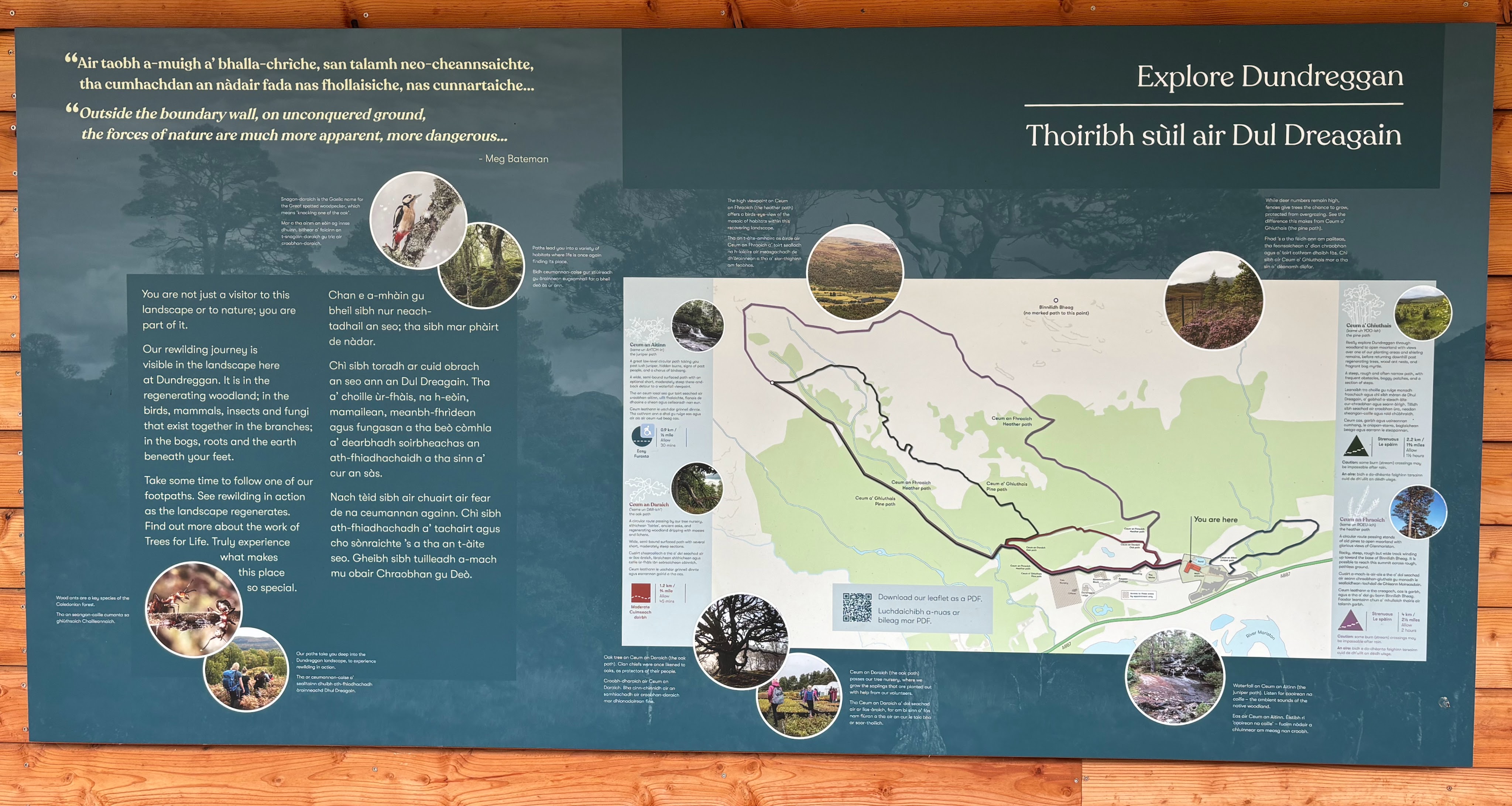
For the visitor, there are various trails to explore, an interactive exhibition in the visitor centre, and possible tours and activities relating to rewilding – the tree nursery and the ecosystems dependent on the forest amongst those highlighted on their site.
I decided to walk the heather path, which promised to provide glorious views of Glenmoriston, taking in the moorland and fenced off areas of rewilding and returning via the pine trail. A pdf summarising each trail can be downloaded here. Below are a selection of the photos I took during my visit.
Stage one: The centre – entrance, coffee shop and exhibits!
This gallery includes some current experiences available at the centre; the notice board at the car park, the amazing Tree of Life sculpture, the coffee shop and some of the exhibits. Coincidently, the artist who created the Tree of Life sculpture is mum to Fin, the Education manager I met at Aigas that morning!
Stage two: The start of the heather trail
The beginning of the trail started at the back of the centre, from where there was delightful evidence of young tree growth rising up toward Meall na Doire, mostly birch, but also Scot’s pine and juniper. The last few pictures of this slideshow include the moorland and fenced off planting areas containing young saplings able to thrive without the threat of hungry deer.
Stage three: Returning via the pine trail
From the fenced area in the moorlands, I returned via the pine trail. The predominant birch forest opened increasingly to Scot’s pine. There were beautiful secluded burns, a lovely variety of lichens growing on the trees, and a swift deer to spot – can see it hiding in the ferns?
Stage four: Oak, willows and a tree nursery
As I made my return to the centre, along with enclosed Scot’s pine saplings, regenerating oak and willow trees were evident in abundance, and the tree nursery came into view. Sadly I did not see any eagles!
My favourite tree?
I’ve been wondering for a while about my favourite Scottish tree. In fairness it has changed throughout this sabbatical dependent on where I am. I really love the Scot’s pine. They are absolutely stunning. But for the moment, I think my favourite is the aspen. Sadly it’s quite a rare sight in Scotland, and for that reason it is more delightful when I stumble upon one! I’m keen to see them reintroduced more widely – I think my first tree planting in the Highlands will be an aspen! Check out this video for more information on how Mossy Earth are planting more aspens every year and why this work is important.
What’s next?
Look out for the next post coming shortly – when I finally enter Glen Affric on this sabbatical, another rewilding estate with interesting stories to tell.








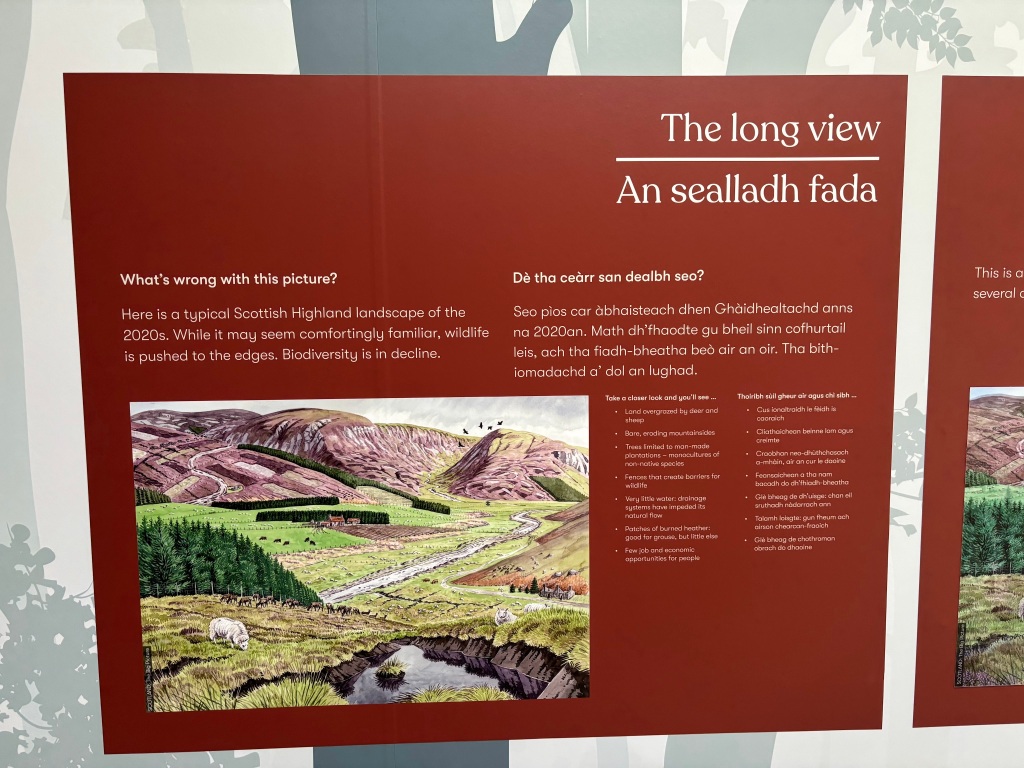
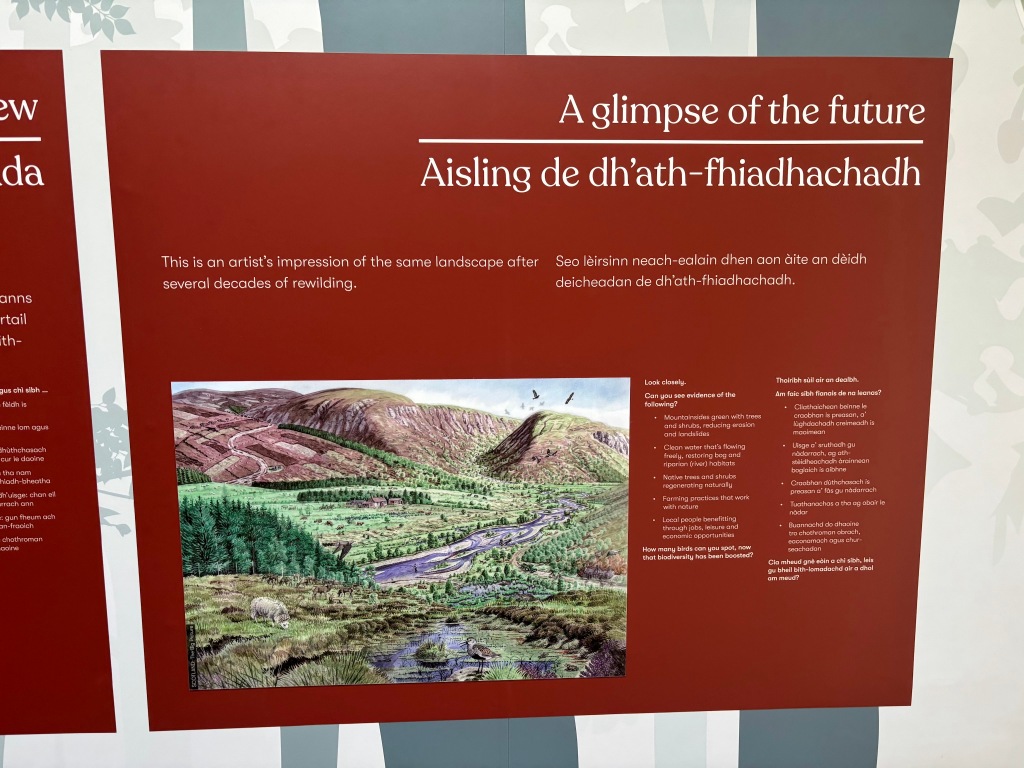

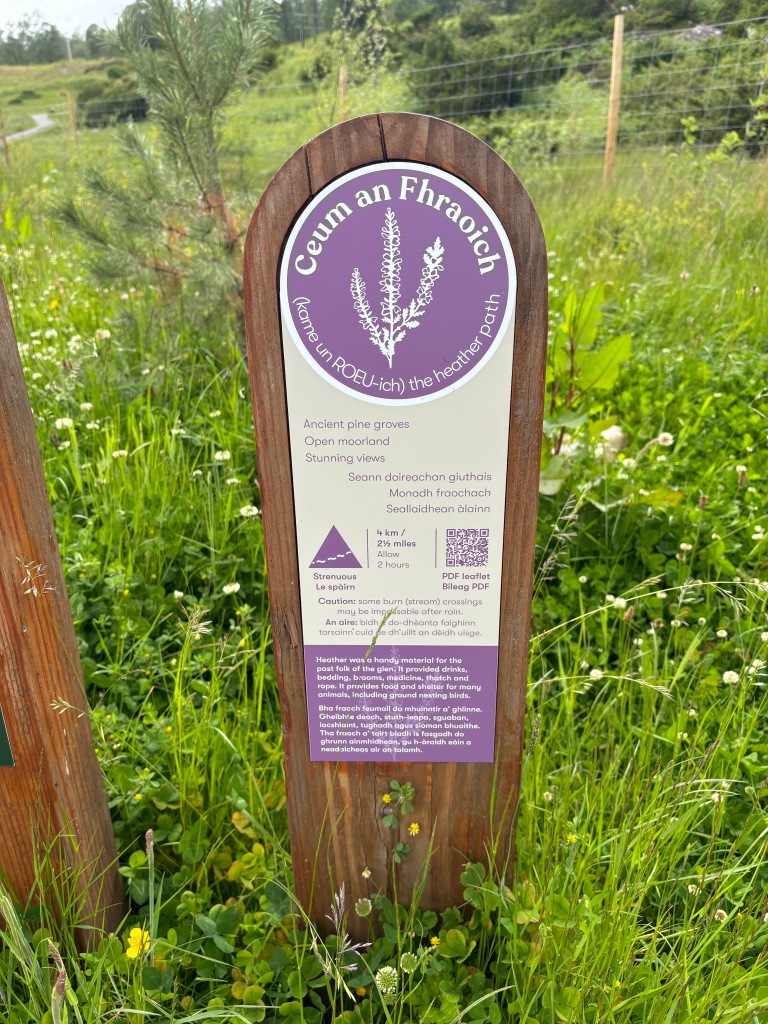
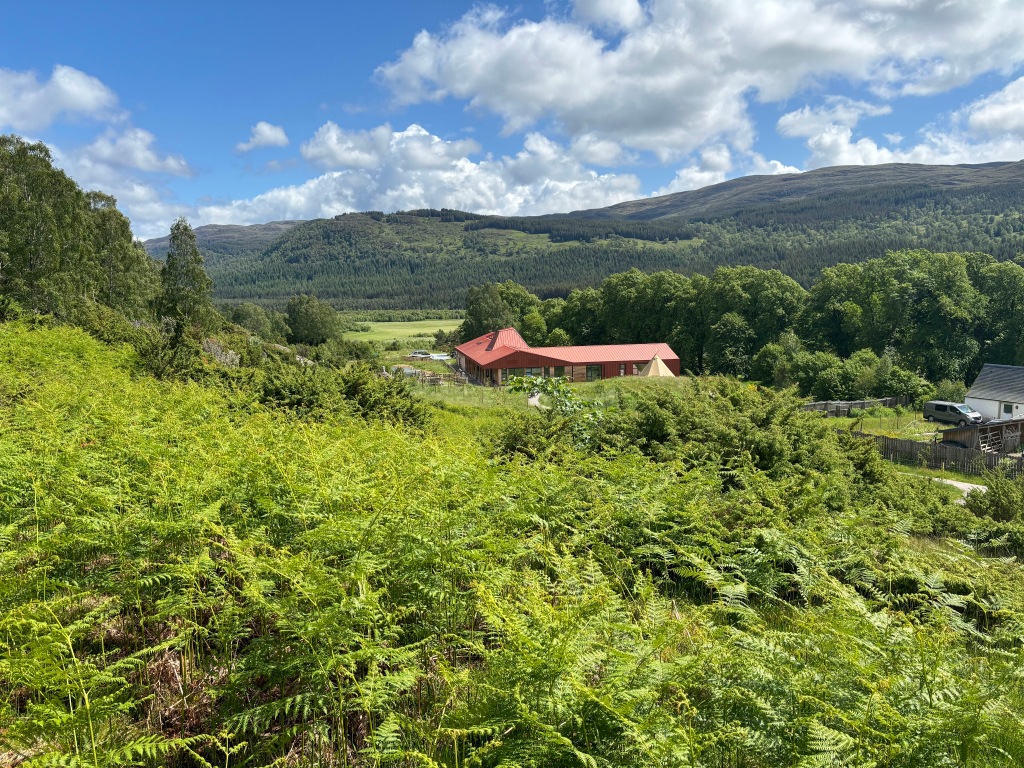




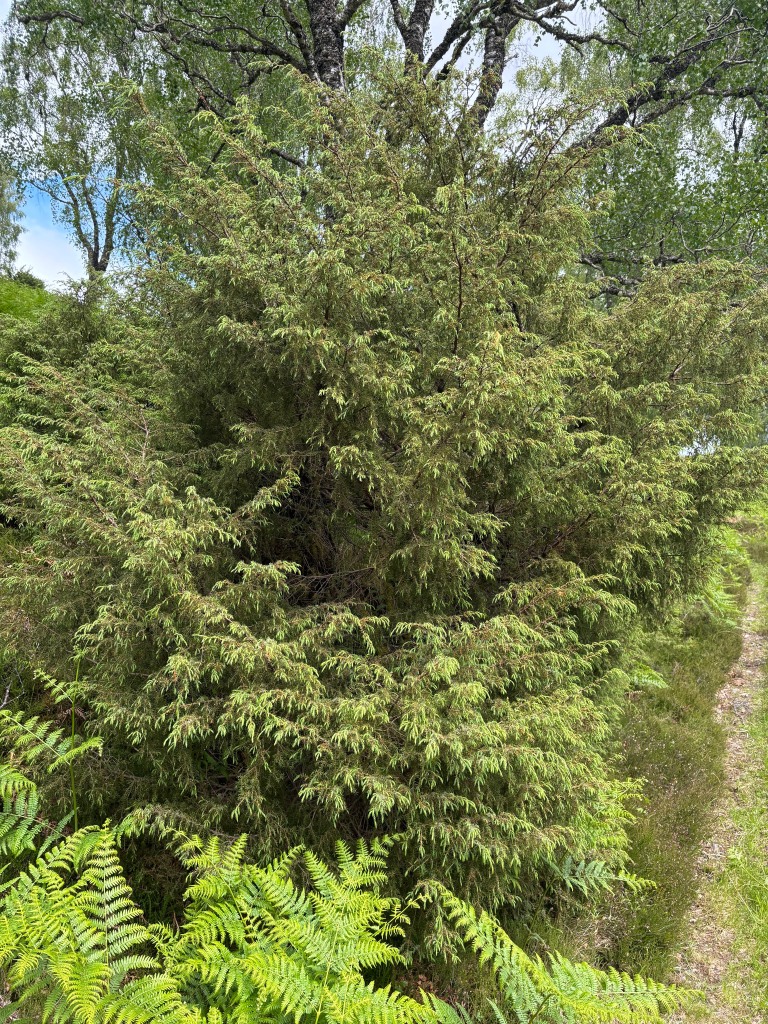




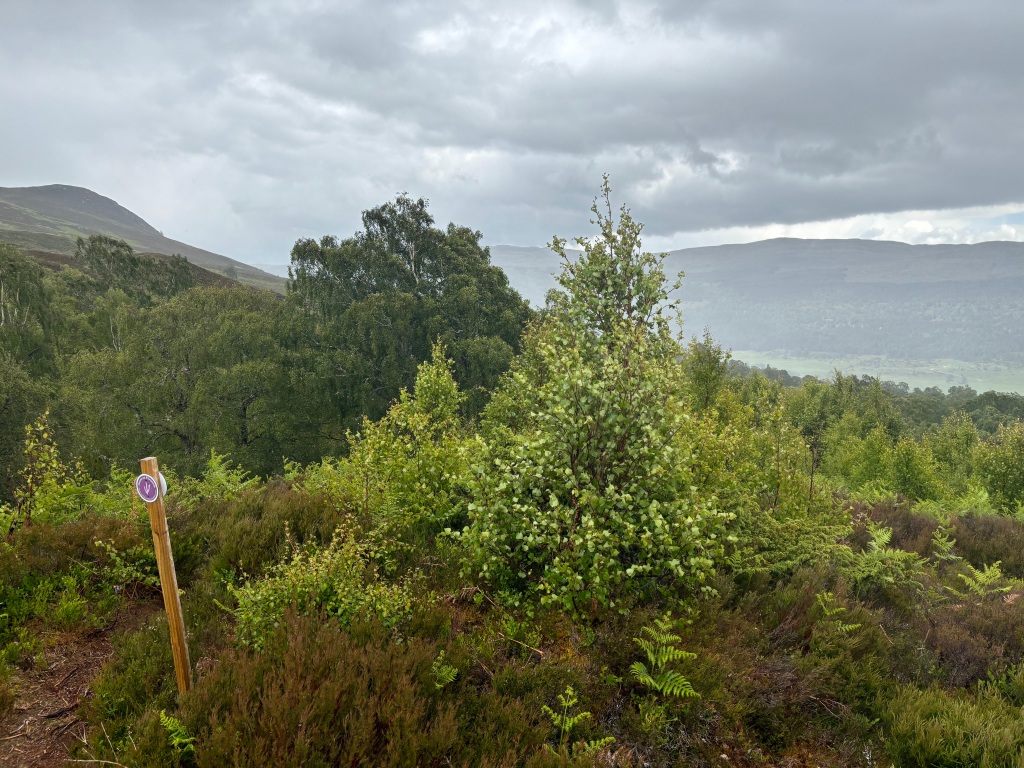

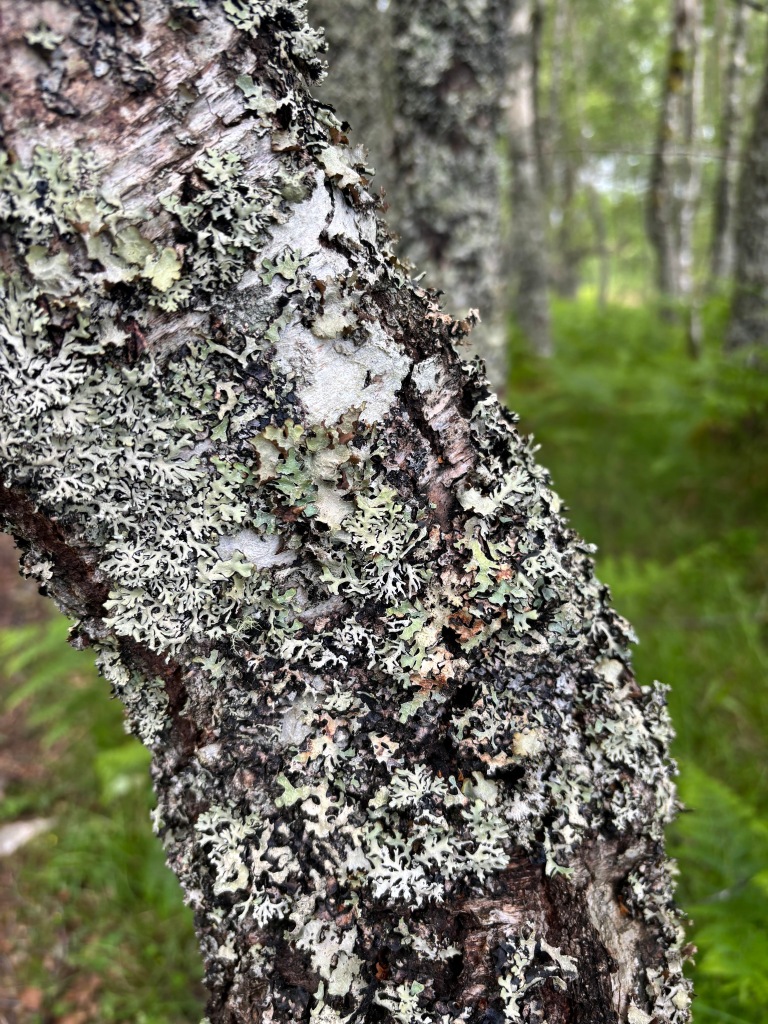
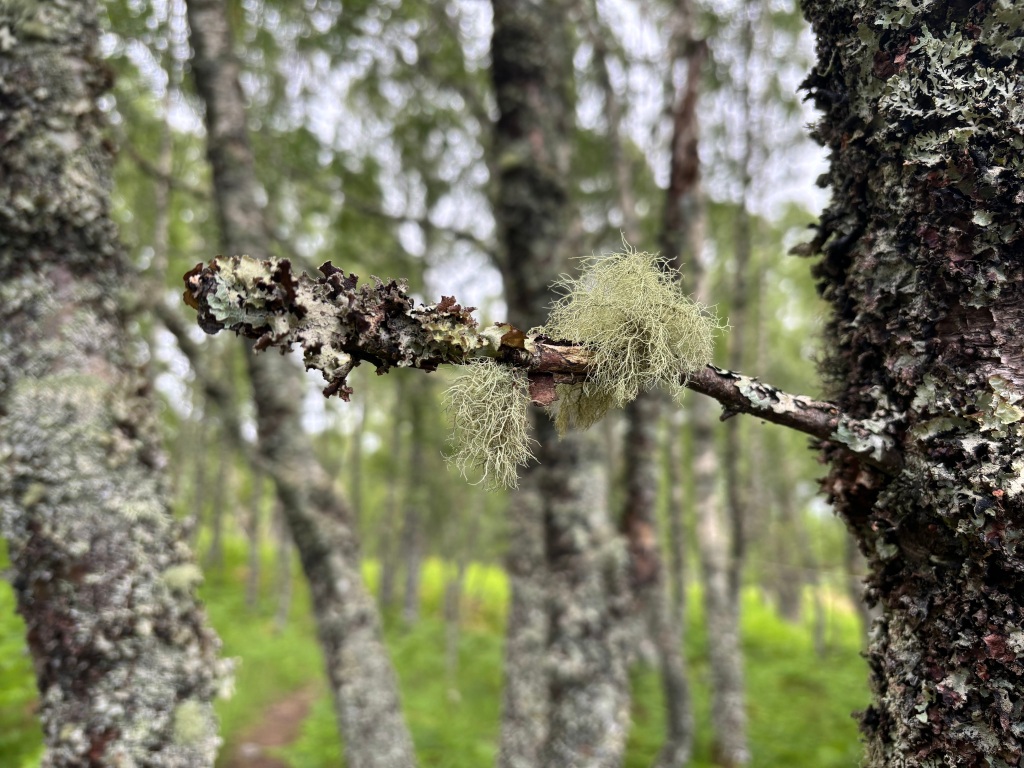





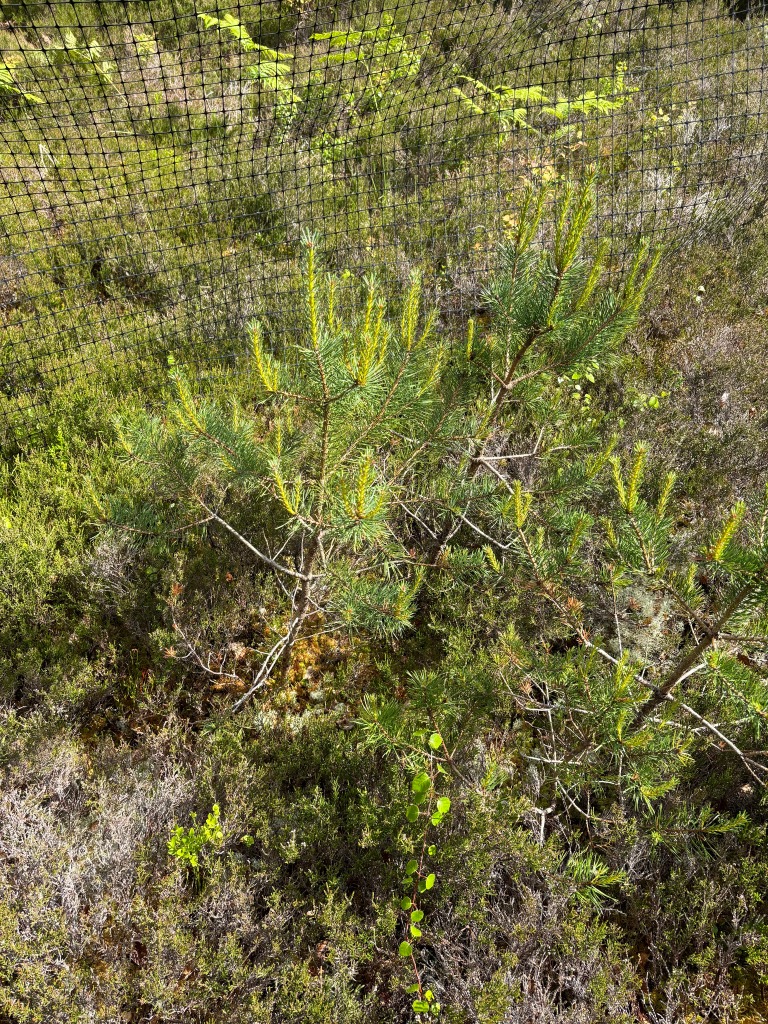



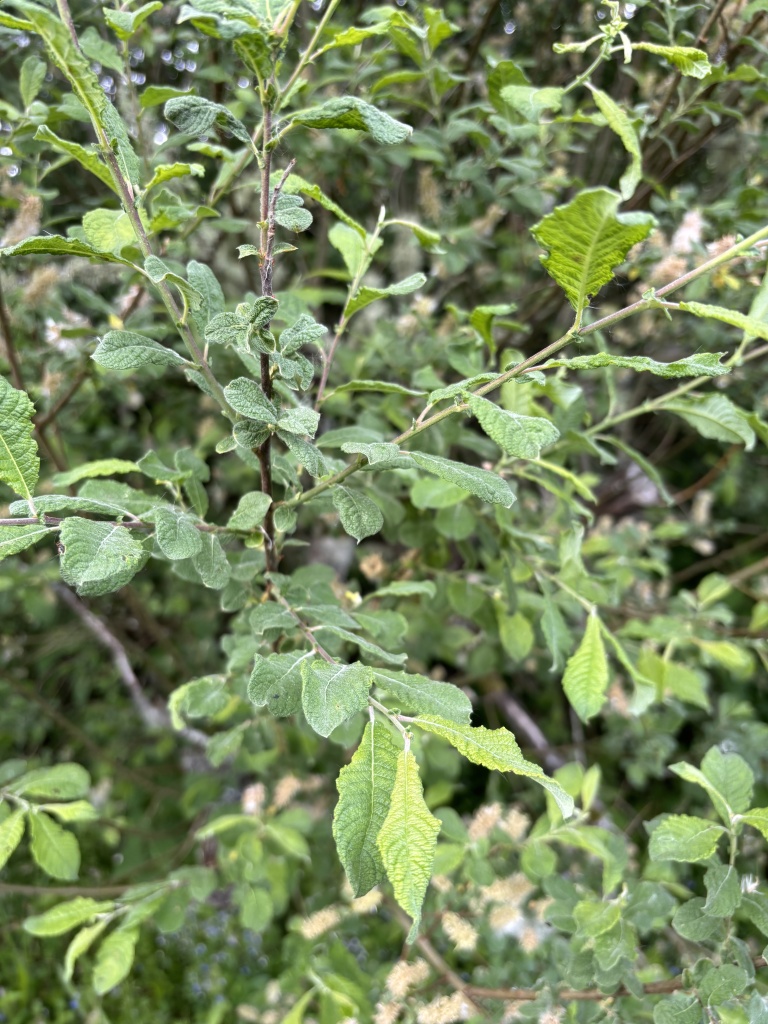

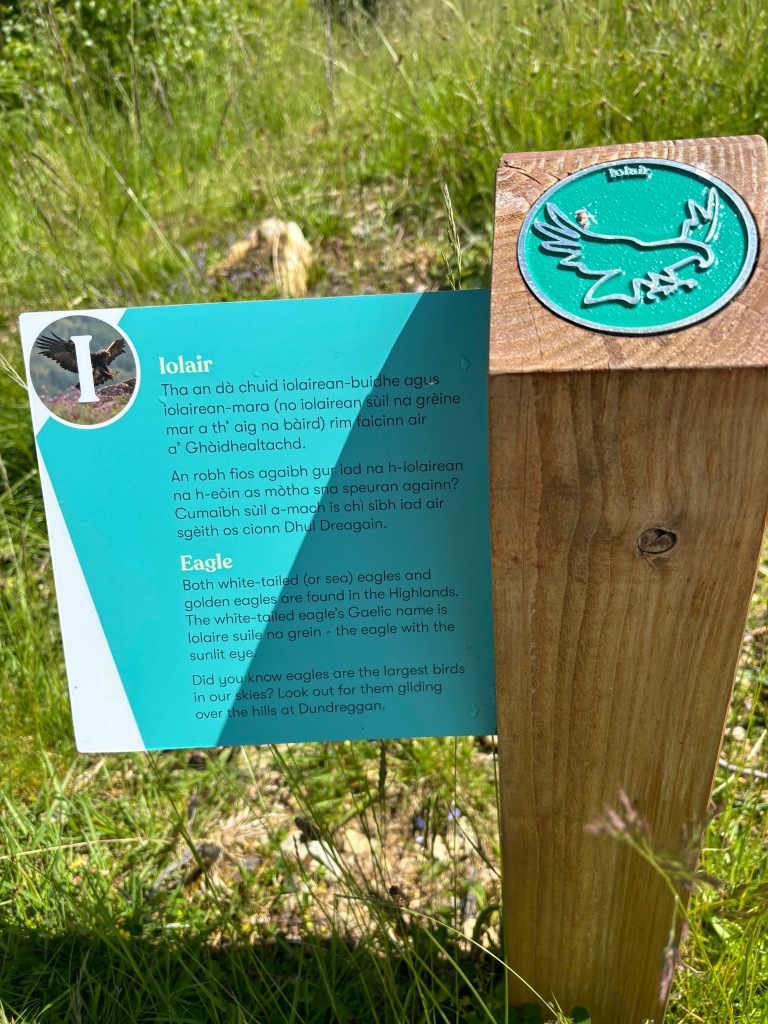

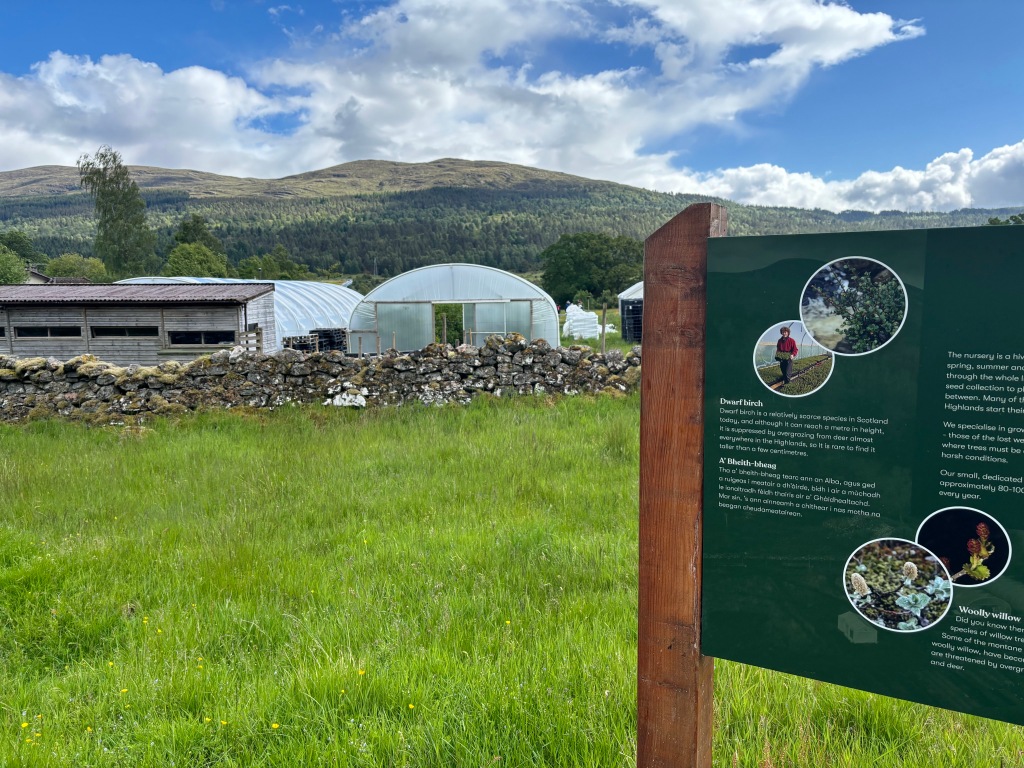

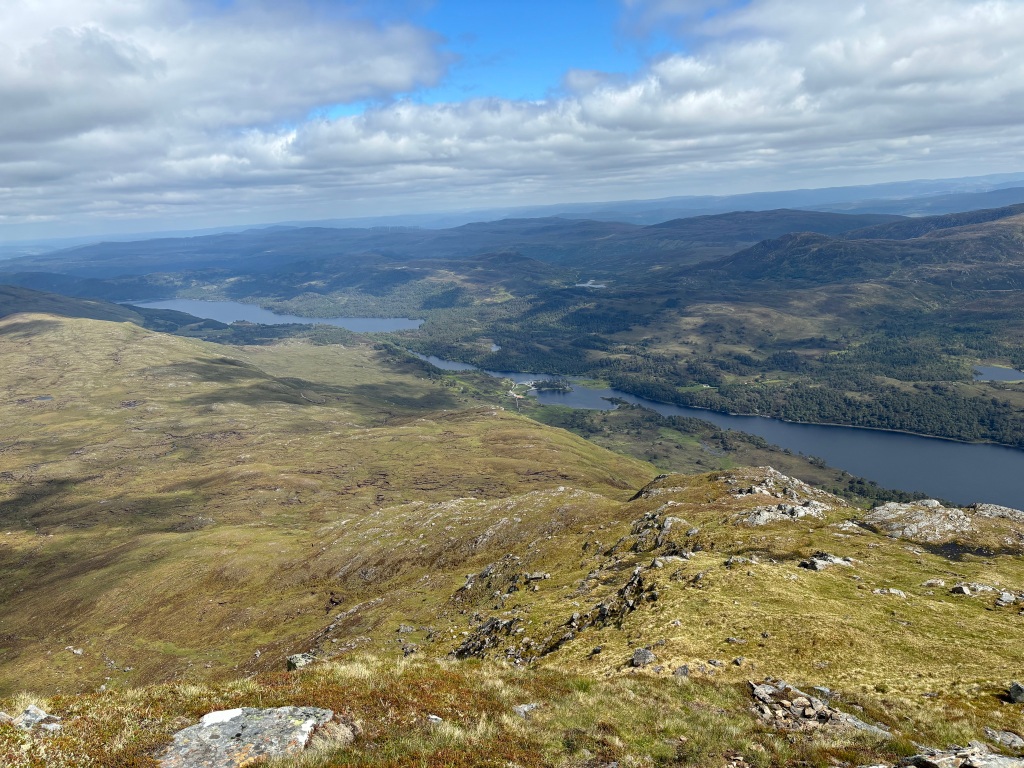

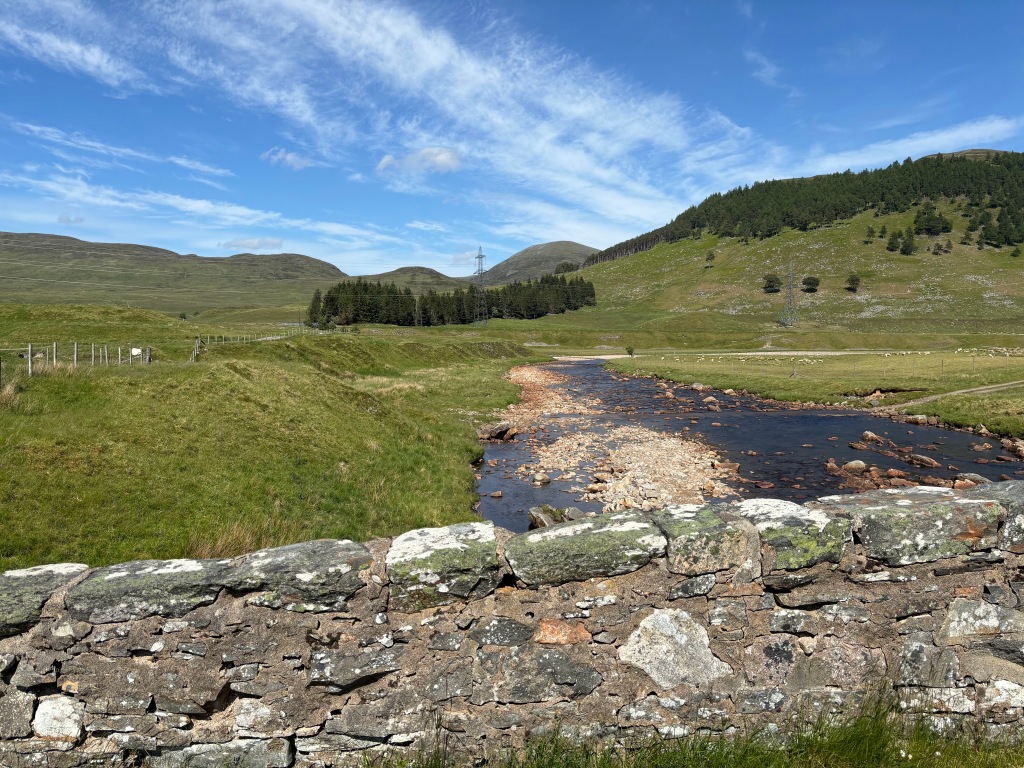

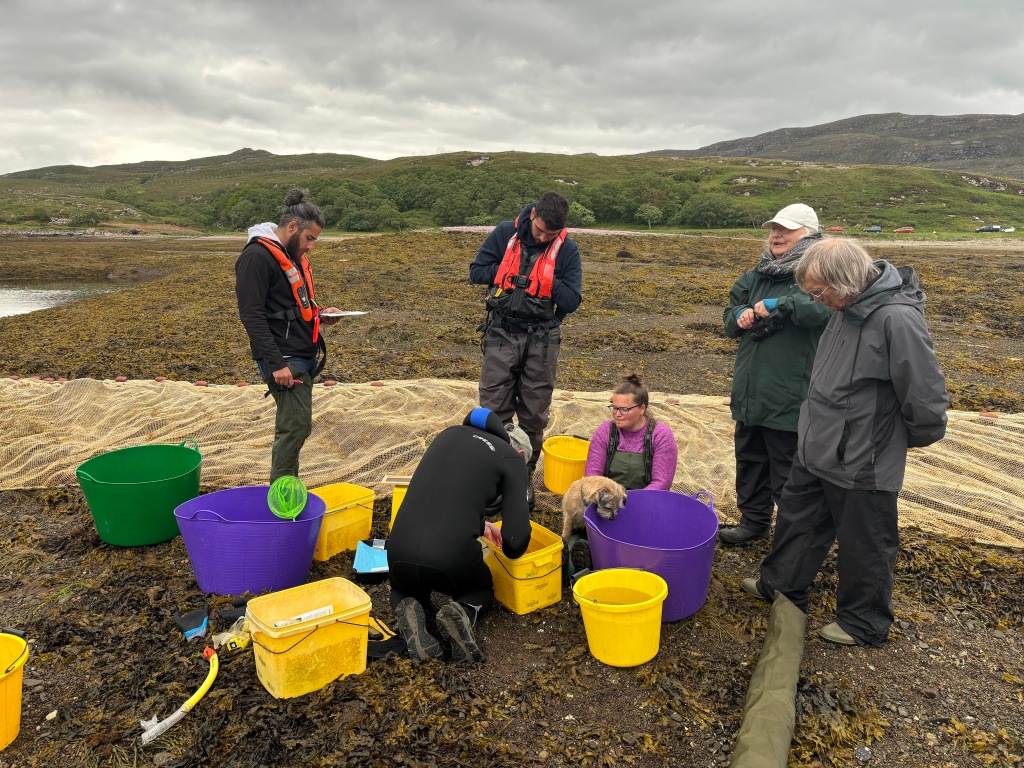
Leave a comment